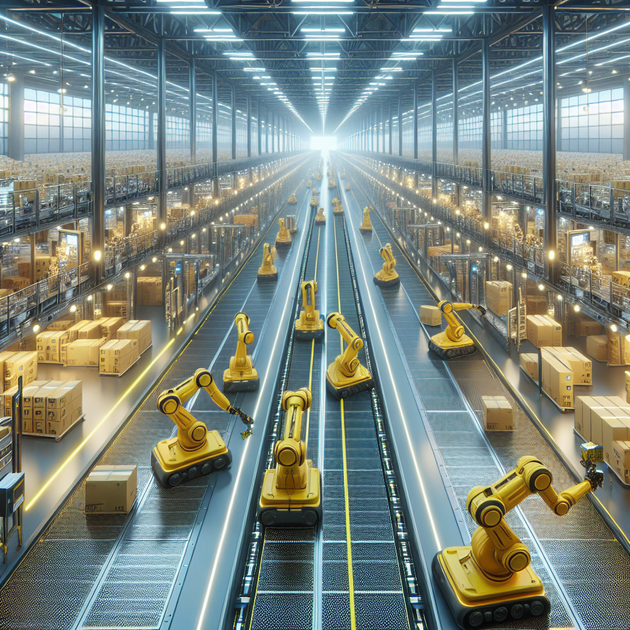What happens when robots take over one of the world’s biggest employers? Amazon’s ambitious plan to automate around 600,000 warehouse jobs in the US by 2033 is turning heads—and sparking big questions about the future of work, automation, and everyday life.
Why Is Amazon Turning to Robots?
Amazon has always been at the forefront of innovation, especially when it comes to logistics. With thousands of warehouses and millions of packages shipped every day, efficiency is everything. Robots promise faster sorting, fewer mistakes, and round-the-clock work without breaks.
But there’s more to it than just speed. Labor shortages, rising wages, and the sheer scale of Amazon’s operations have pushed the company to look for new solutions. According to a recent New York Times article, Amazon has steadily increased its use of warehouse robots over the last decade, with no sign of slowing down.
How Will This Impact Warehouse Jobs?
Replacing 600,000 workers with Amazon robots is a massive shift. For many people, warehouse jobs are a stable source of income with benefits. Automation could mean fewer entry-level jobs, especially in smaller towns where warehouses are often major employers.
On the flip side, as routine tasks get automated, there could be new opportunities for workers in robot maintenance, programming, or logistics management. But these roles usually require different skills—and often more training or education.
Let’s break down what this change could mean for workers:
- Job Losses: Many traditional warehouse roles could disappear as robots take over tasks like picking, packing, and shipping.
- New Tech Jobs: The rise of robotics creates demand for technicians and engineers to build and maintain these machines.
- Reskilling Needed: Workers may need new training programs to transition into tech-focused roles.
- Efficiency Gains: Faster order fulfillment could mean quicker deliveries for customers.
- Changing Workplaces: Warehouses might become quieter, more automated environments with fewer people on site.
The Broader Impact on Automation and Society
Amazon isn’t alone in turning to automation. Companies across retail, manufacturing, and even fast food are exploring how robots can boost productivity. According to Pew Research Center, Americans are split on whether automation is good or bad for workers. Some see it as a way to eliminate repetitive jobs, while others worry about long-term employment prospects.
This isn’t just a US trend either. Globally, investments in robotics are on the rise. The International Federation of Robotics reported a record number of industrial robot installations worldwide in their 2023 report, highlighting how quickly the landscape is changing.
A Warehouse Story: Change on the Ground
Imagine working in a warehouse for years, knowing every aisle and routine. One worker shared that when their facility installed its first autonomous robots, it felt like “watching coworkers arrive who never took breaks.” At first, there was excitement about less heavy lifting. But there was also uncertainty—what roles would remain for humans? Over time, some workers shifted into roles supporting the new tech, while others left for different jobs altogether.
What Could the Future Hold?
There’s no doubt that Amazon robots are reshaping what warehouse work looks like. As automation becomes more common, new types of jobs could emerge while some old ones fade away. Companies, workers, and communities will need to adapt—whether through new training programs, updated workplace policies, or creative approaches to employment.
Curious about how other companies are handling automation? Check out this overview from The Wall Street Journal on what businesses are doing to prepare for a robotic future.
So, what do you think—are Amazon robots an opportunity or a challenge for the workforce? Would you trust a robot with your next online order?

Leave a Reply